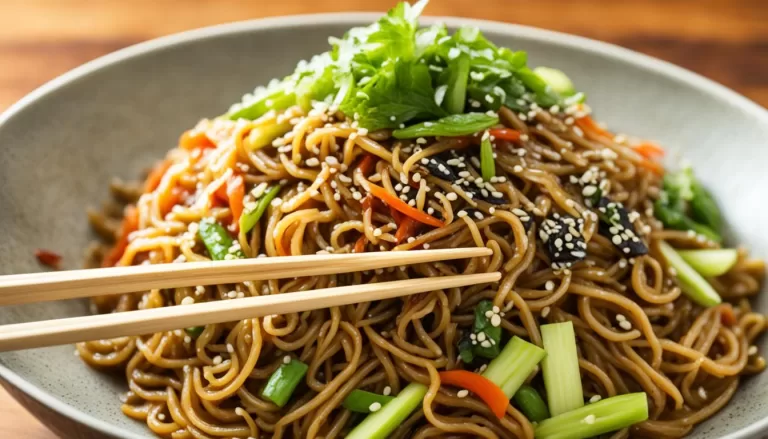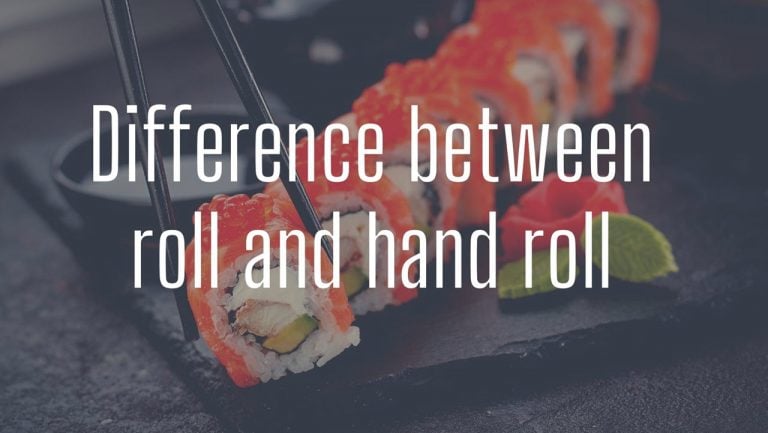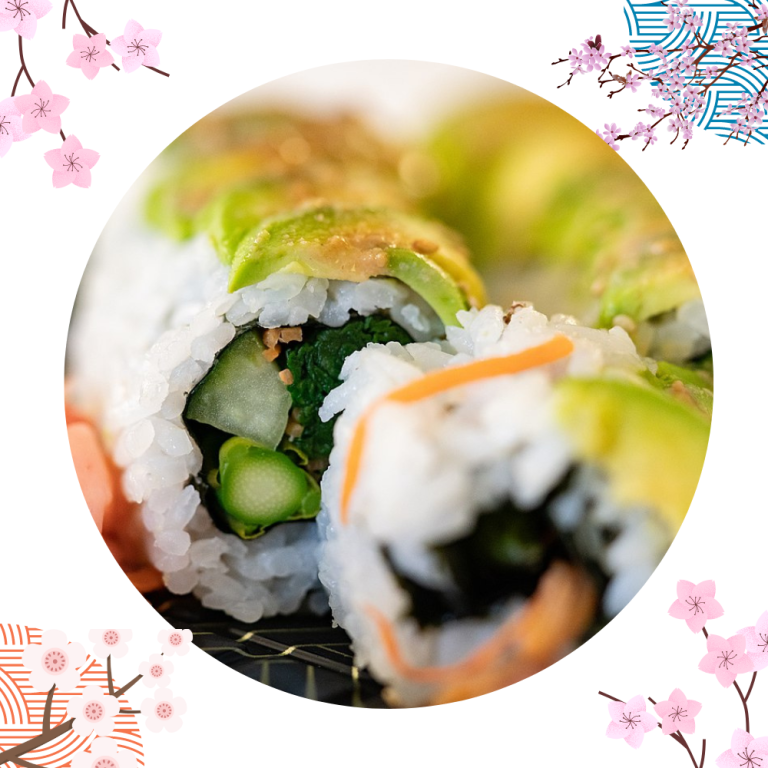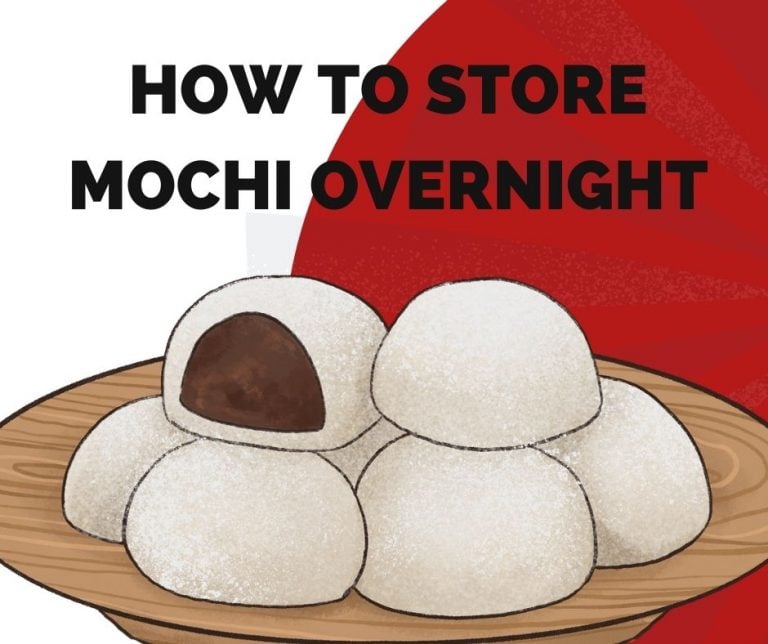Difference Between Yakitori And Yakiniku Japanese BBQ
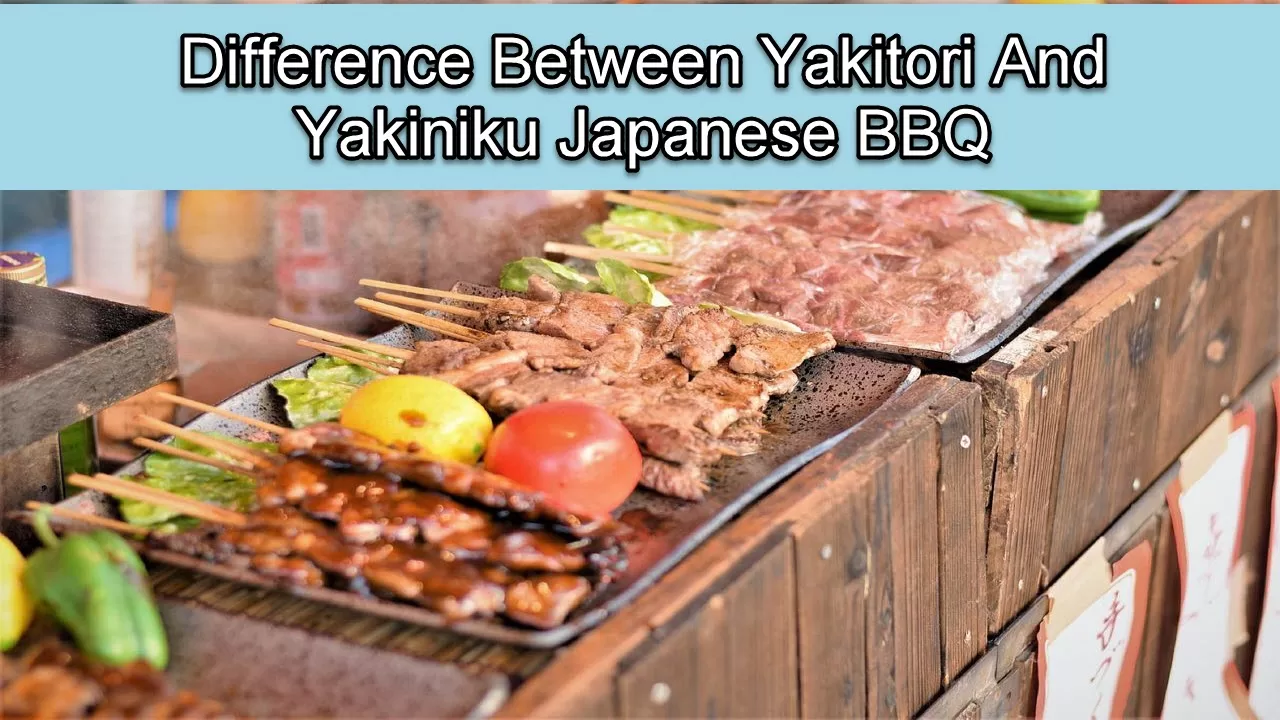
Craving for Japanese grilled foods? Among the greatest Japanese grilled foods you should try are yakiniku and yakitori. Many Japanese people view yakitori and yakiniku as classic Japanese grilled foods. Find out how yakiniku and yakitori vary from one another.
If you are interested in yakiniku vs yakitori, scroll down and continue reading.
Yakitori Vs Yakiniku
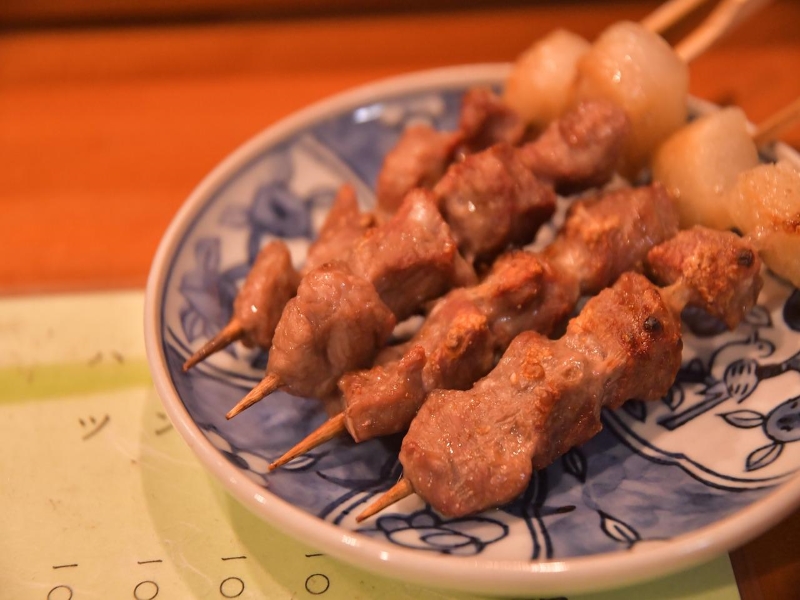
What Is Yakitori?
Yakitori is a Japanese word for grilled bird. It is a form of skewered chicken popular in Japan. Basically, it is a charcoal grilled chicken on a bamboo skewer prepared with bite-sized slices of chicken from various parts.. To prepare this type of Japanese food, the meat is skewered using kushi, a kind of skewer often made of steel, bamboo, or materials similar to these. They are then roasted over a charcoal fire after that. The meat is frequently seasoned with salt or tare sauce during or after cooking.
When this grilled food is requested by the diners, the restaurant chef prepares it, unlike Yakiniku, since the style of cooking requires expertise and abilities to prepare and cook.
Moreover, chefs pre-season the chicken flesh during cooking with salt or a a sweet soy sauce, according on your tastes.
In Japan, you may purchase and eat yakitori in a variety of locations, including specialty stores. It is frequently offered at Izakaya pub restaurants, and many supermarkets sell pre-made yakitori. So you may easily get it if you desire.
Moreover, you may have Yakitori at summertime fairs where you can see Yatai street food vendors cook and prepare the chicken skewers right in front of you.
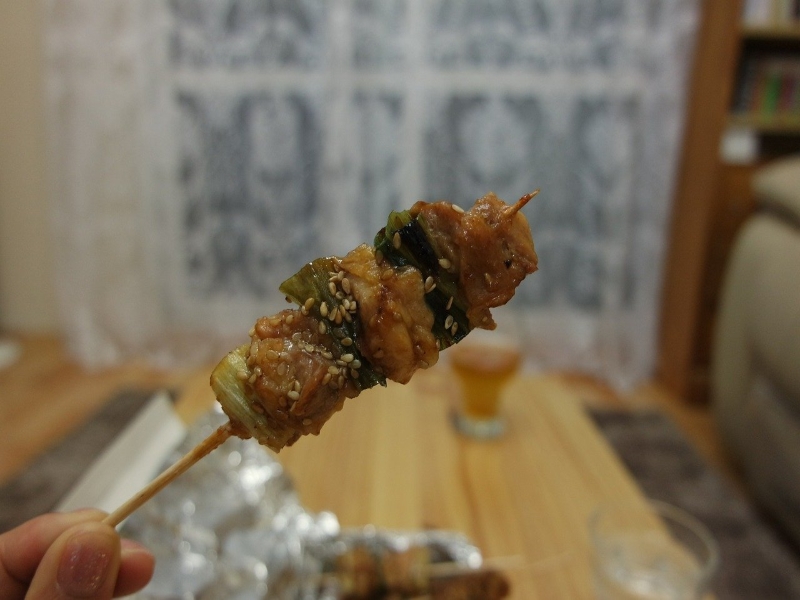
Seasonings Used
The two main types of yakitori seasonings are salty and salty-sweet. Typically, the salty variety’s primary condiment is simply salt. A special sauce called tare, made of mirin, sake, soy sauce, and sugar, is utilized for the salty-sweet version. Depending on one’s tastes, different kinds of typical spices include shichimi, wasabi, Japanese pepper, black pepper, and cayenne powder.
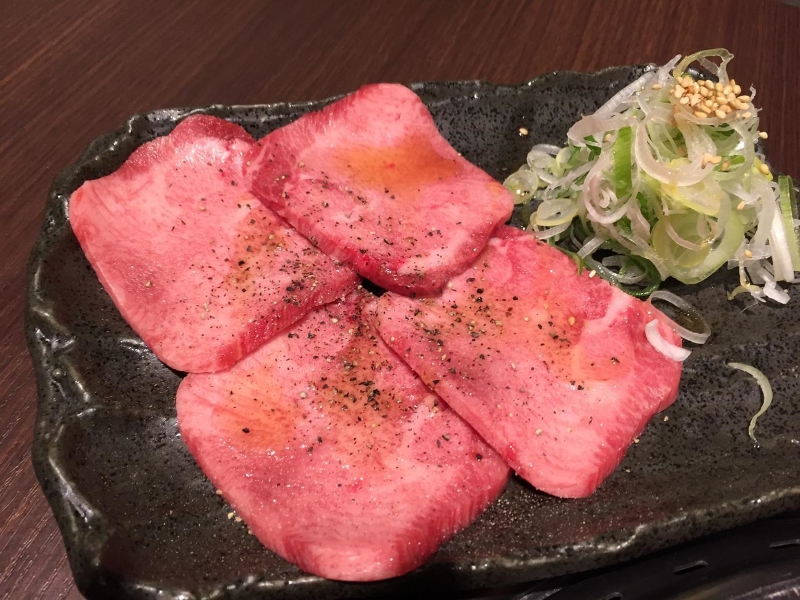
What Is Yakiniku?
In Japanese cuisine, yakiniku is a Japanese word that means grilled meat. Western “barbecue” meal was the original meaning of the phrase “yakiniku,” which was popularized by Japanese writer Kanagaki Robun. During the early Shōwa era, the word subsequently came to be linked with food that had Korean influences , Korean barbecue. As a result of the Korean War, the words linked with Korea in Japan were separated into North Korea (Kita Chōsen) and South Korea (Kankoku), and the phrase “yakiniku restaurant” emerged as a politically suitable word for eateries of either origin.
Today, the term “yakiniku” is used to describe a method of grilling meat over a flame of wood charcoals carbonized by dry distillation or a gas or electric grill while using bite-sized meat, such as beef offal and vegetables. Japanese yakiniku is among the most recognized foods in Japanese cuisine. One of the most well-known meals in Korean cuisine, Korean BBQ, is said to be the source of modern grilled food, yakiniku. The korean style barbecue of yakiniku is bulgogi.
The current style of yakiniku restaurants is influenced by Korean restaurants that Koreans in Japan founded in Osaka and Tokyo about 1945. Customers order prepped raw ingredients, individually or in sets at a yakiniku restaurant, which are then brought to the table. The diners prepare the food one piece at a time on a grill that is built into the table. Then, before being consumed, the dishes are dipped in tare sauces. The most popular sauce is created by combining soy sauce with sake, mirin, sugar, garlic, fruit juice, and sesame. Dipping sauces with garlic and shallot or miso bases are occasionally used.
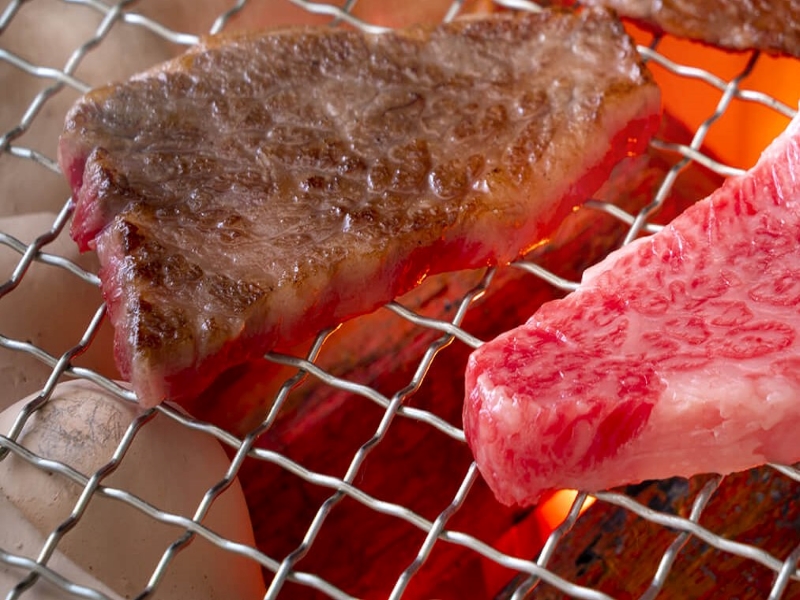
Origin Of Yakiniku
The popular Japanese cuisine known as yakiniku emerged throughout Japan throughout the 20th century, especially after the Second World War. This cuisine heavily drew inspiration from Korean foods like bulgogi and galbi. It was either marketed as horumonyaki (offal-grill) or simply Joseon (Korean) cuisine (Chōsen ryōri) at the restaurants that served it. Disputes over the naming of “Korean food” arose in the middle of the 1960s as a result of the division of the Korean peninsula, with pro-South businesses switching their signs to “Kankoku ryri” (named after the Republic of Korea) instead of continuing to use the word Chōsen (Joseon), the name of the previous, undivided Korea that had by that point been appropriated by the North.
When the Korean Peninsula was split into the north and the south, restaurants serving yakiniku and Naengmyeon in Japan referred to themselves as serving “Chōsen ryōri (Joseon cuisine)”. However, since the signing of the Treaty on Basic Relations between Japan and the Republic of Korea in 1965, the term “Kankoku ryōri (Korean cuisine)” has remained popular. Eventually, North and South Koreans in Japan claimed “Chōsen ryōri” which means “Korean cuisine,” and today’s yakiniku is known as “Kankoku ryōri”. It is stated that in order to resolve this issue, the name “Yakiniku” was introduced as a political compromise.
When import limits on cattle were lifted in 1991, the price of beef fell, significantly boosting the appeal of yakiniku. However, the outbreak of BSE (mad cow disease) in Japan in 2001 gave the sector an unparalleled setback.
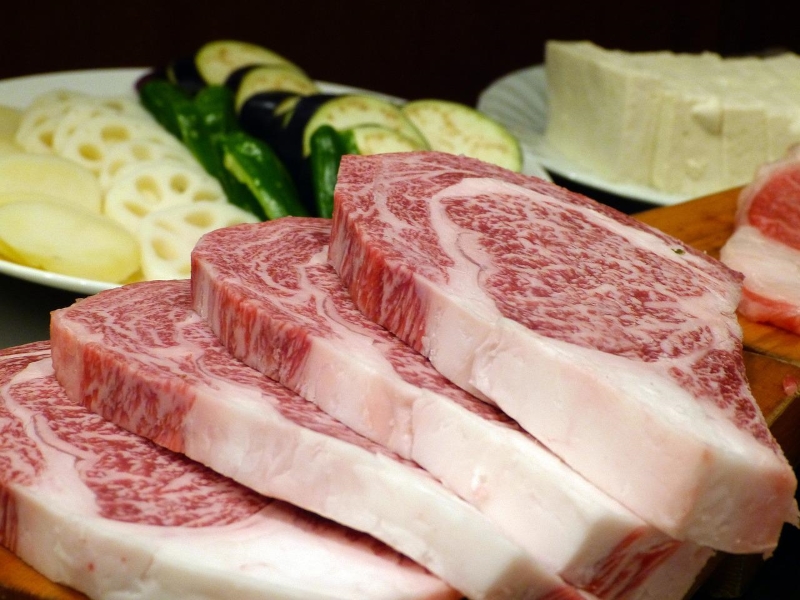
Common Ingredients

Beef
This includes, harami, Rōsu, Karubi or baraniku, Tan or beef tongue, and Misuji.
Karubi or baraniku/short ribs. This is from the Korean word “galbi”. Unless specifically stated as hone-tsuki-karubi, it is often served without the bones in Japan.
Rōsu. These are loin and chuck pieces.
Harami is soft meat surrounding the diaphragm.
Tan is from the word “tongue” in English. Welsh onion (Allium fistulosum) is frequently served with salt and lemon juice.
The soft flesh that surrounds the shoulder is known as misuji.

Pork
Butabara or Samugyopusaru and P-toro or Tontoro are commonly used. Butabara or Samugyopusaru is pork belly, and the fatty flesh seen around the face and neck is known as p-toro. derived from “Pork toro”.
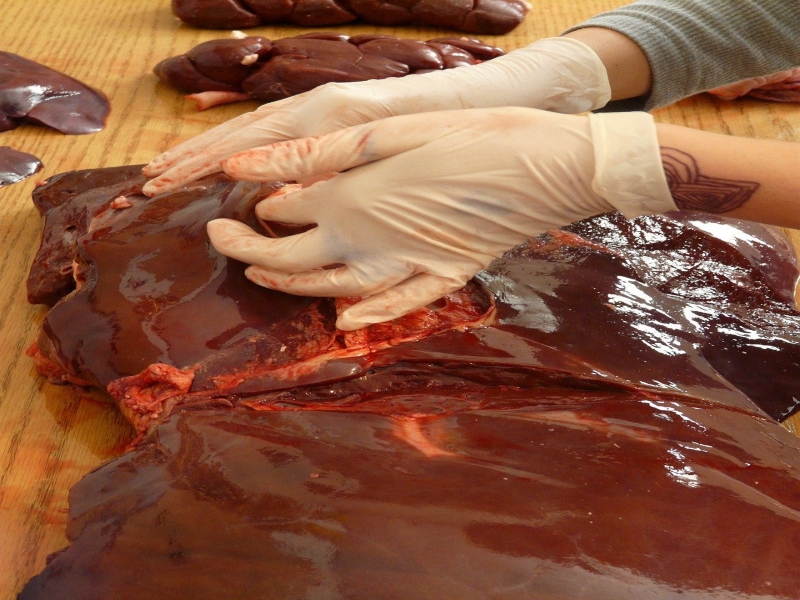
Horumon or Motsu
Also known as offal. These includes Rebā or beef liver (from the German term “Leber), Tetchan or intestine (derived from the Korean word Dae-chang), Hatsu or heart, Kobukuro or pork uterus (It is popular because of its grizzled texture), Tēru or tail (beef tail slices that is cut crosswise with the bone still attached), Mino or Hachinosu or beef tripe, and gatsu or pork stomach (derived from the English term, gut).
Chicken
Chicken is also used in yakiniku.
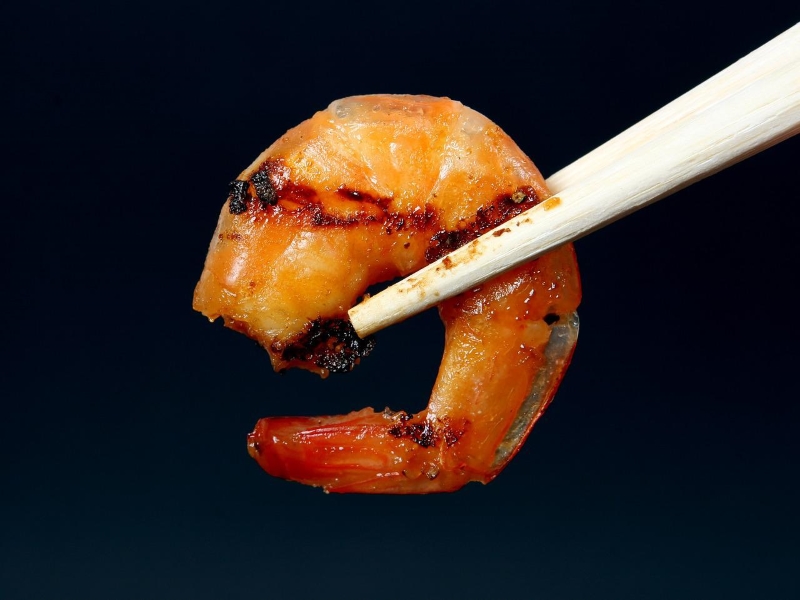
Seafood
This includes shrimp, shellfish, and squid.

Vegetables
Common vegetables include kabocha squash, bell pepper, carrots, shiitake and other mushrooms, onions, cabbage, and eggplant.
Frequently Asked Questions
Japanese barbecue is kept basic and relies on the sauce, while Korean barbecue uses marinades to enhance flavor. Garlic, mirin, and soy sauce are among the unique components used in dipping sauces for Japanese barbecue
In Japan, it is called yakiniku. It simply means “grilled meat”.
The most popular of them is sweet tare, a combination of sugar, sake, ginger, garlic, and black pepper.

